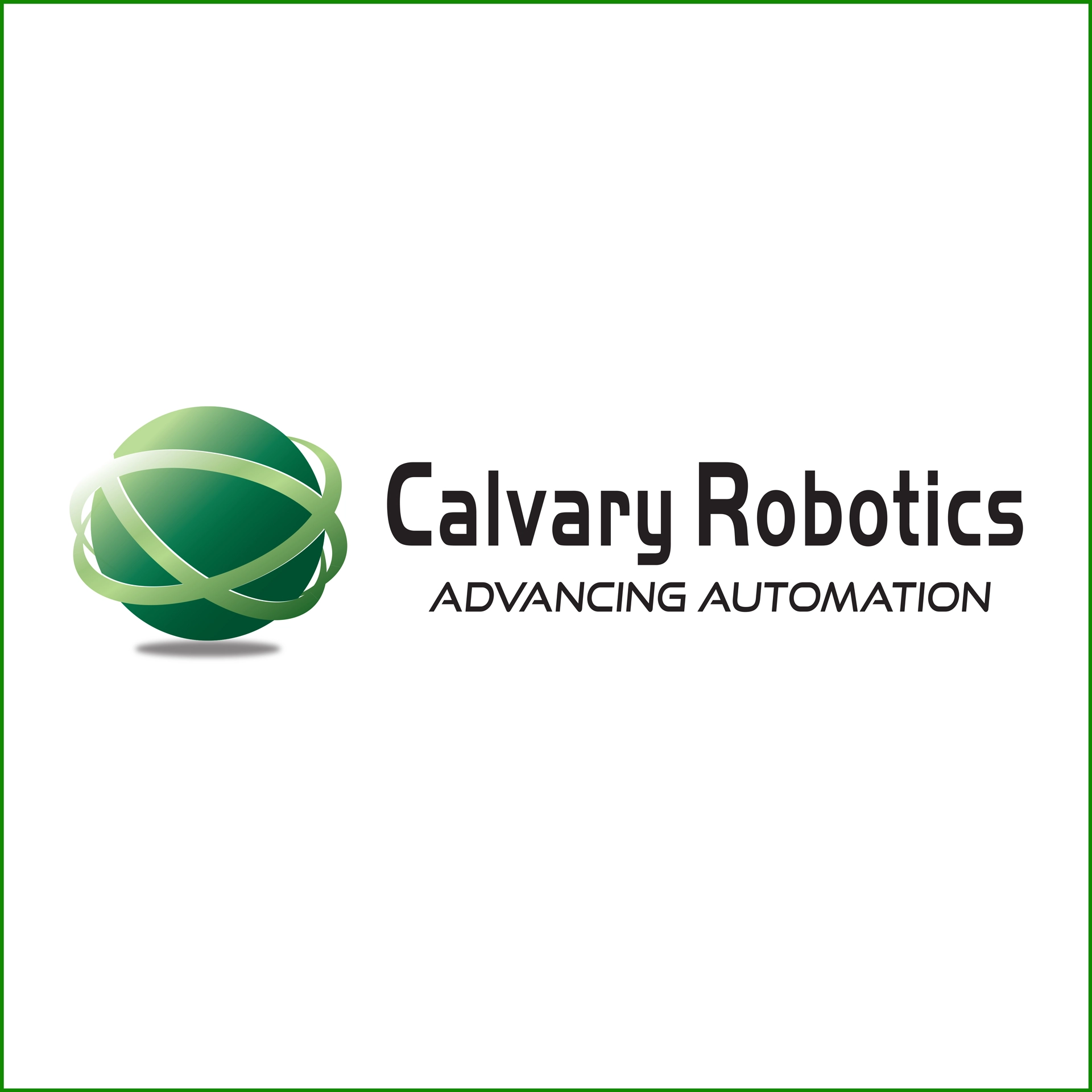New Innovations: A Look Into Güdel and the World of FlowMotion
Güdel is the prime example of quality in European design, a Switzerland based company that’s had its fresh start in gear racks and pinions in the early 1950s. Flash-forward to today, they’ve expanded their platform into linear modules and robotics, offering a full range of single and multi-access platforms.
Güdel has since differentiated from its competitors with innovations in linear axis systems with multiple axes – XYZ, upside down, sideways, hanging off the diving board, and that offers a maximized ROI for their platforms in multiple areas: welding, painting, cleaning, and prepping machine surfaces.
Their new product line, “Track Motion Vertical” offers the capabilities of taking pre-engineered products, and moving the robot as Brian Engelking, Senior Account Manager for Güdel, states, “an elevator, it’s basically like a fancy elevator.”
As we gear towards the future, robots are getting larger with payload and strokes becoming increasingly demanding. Güdel’s solution to that is a 7th axis to achieve capabilities in heavier payload and longer reach.
“We’re seeing a lot of robots, gantries and technology being deployed in those really nasty environments,” said Engelking. Difficult applications and the need for worker safety is a concern that can be alleviated with Güdel’s unique bearing systems.




